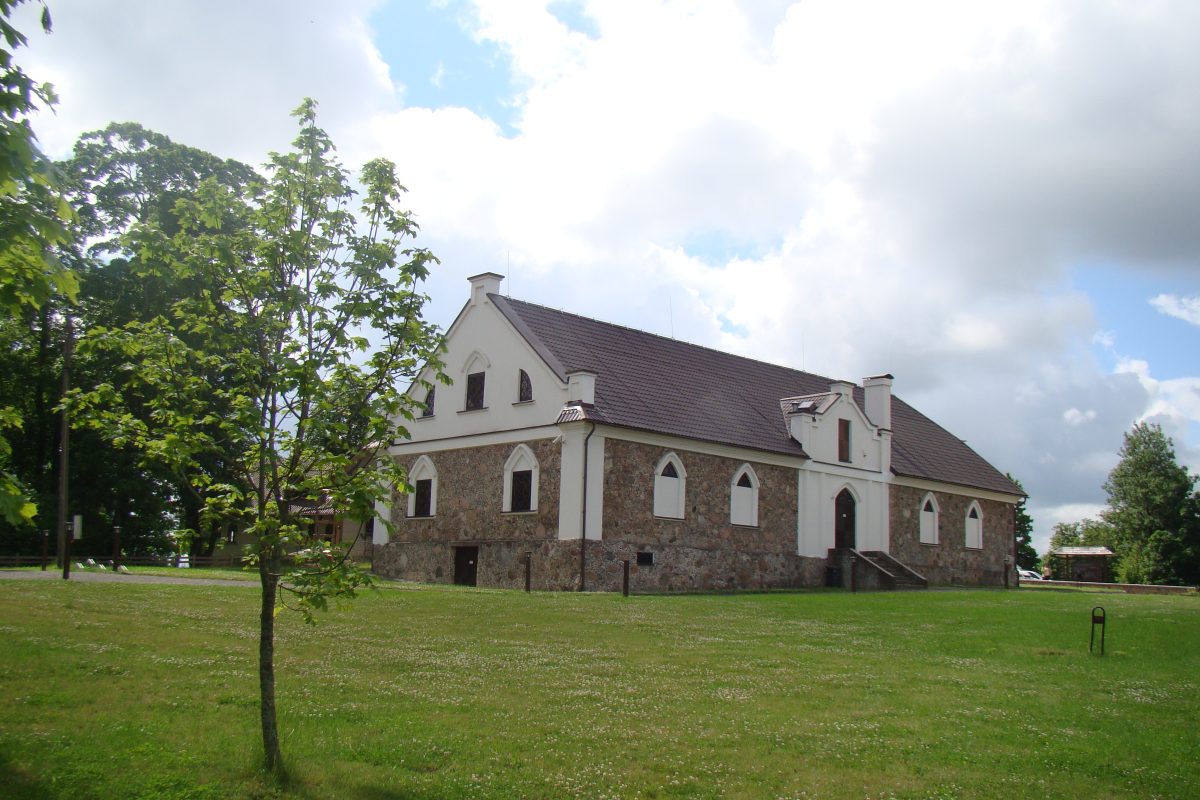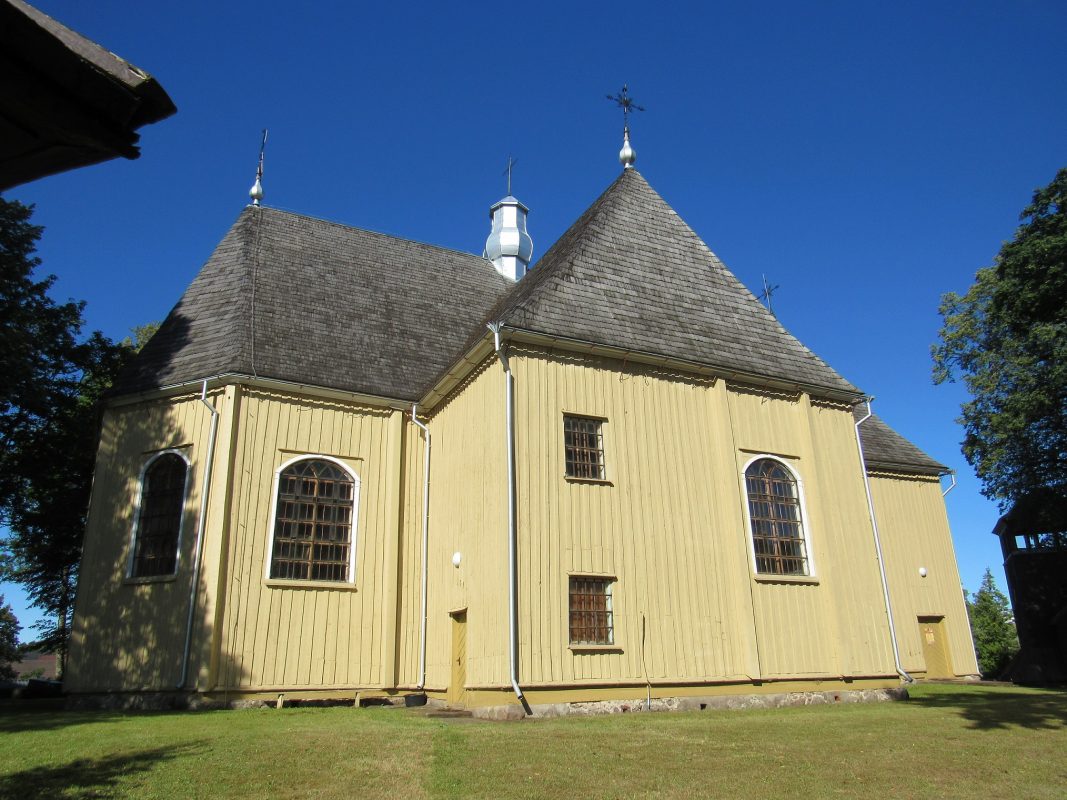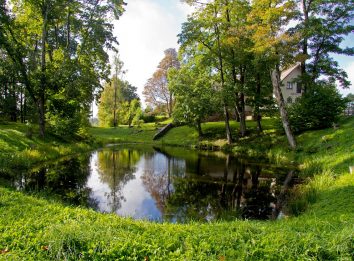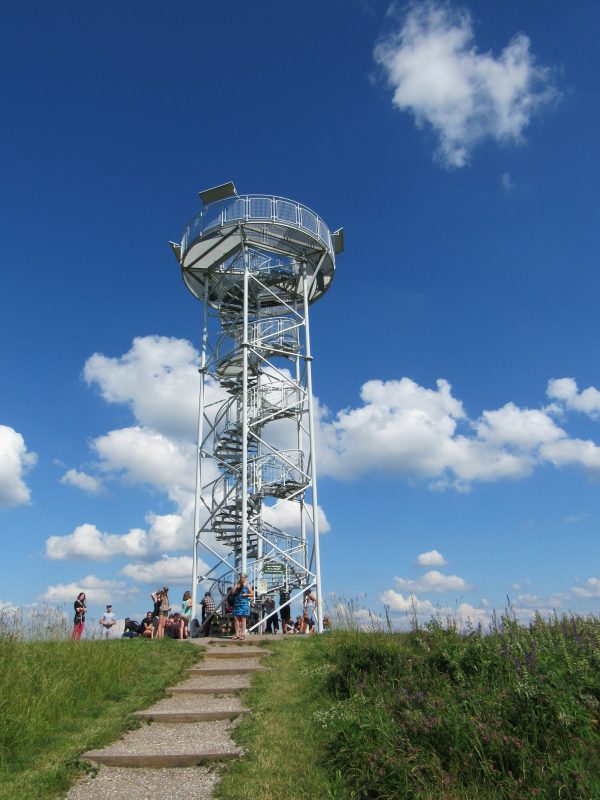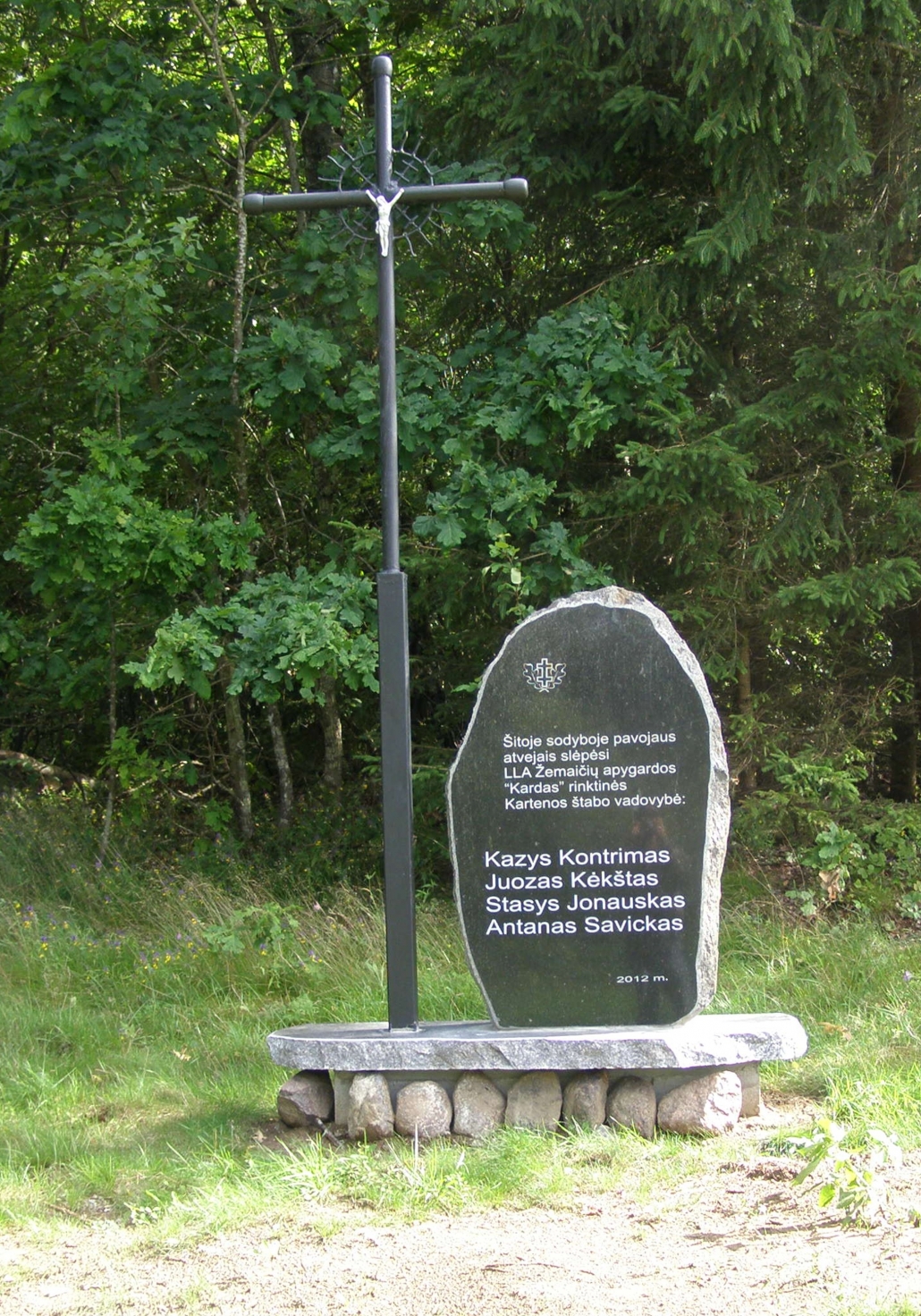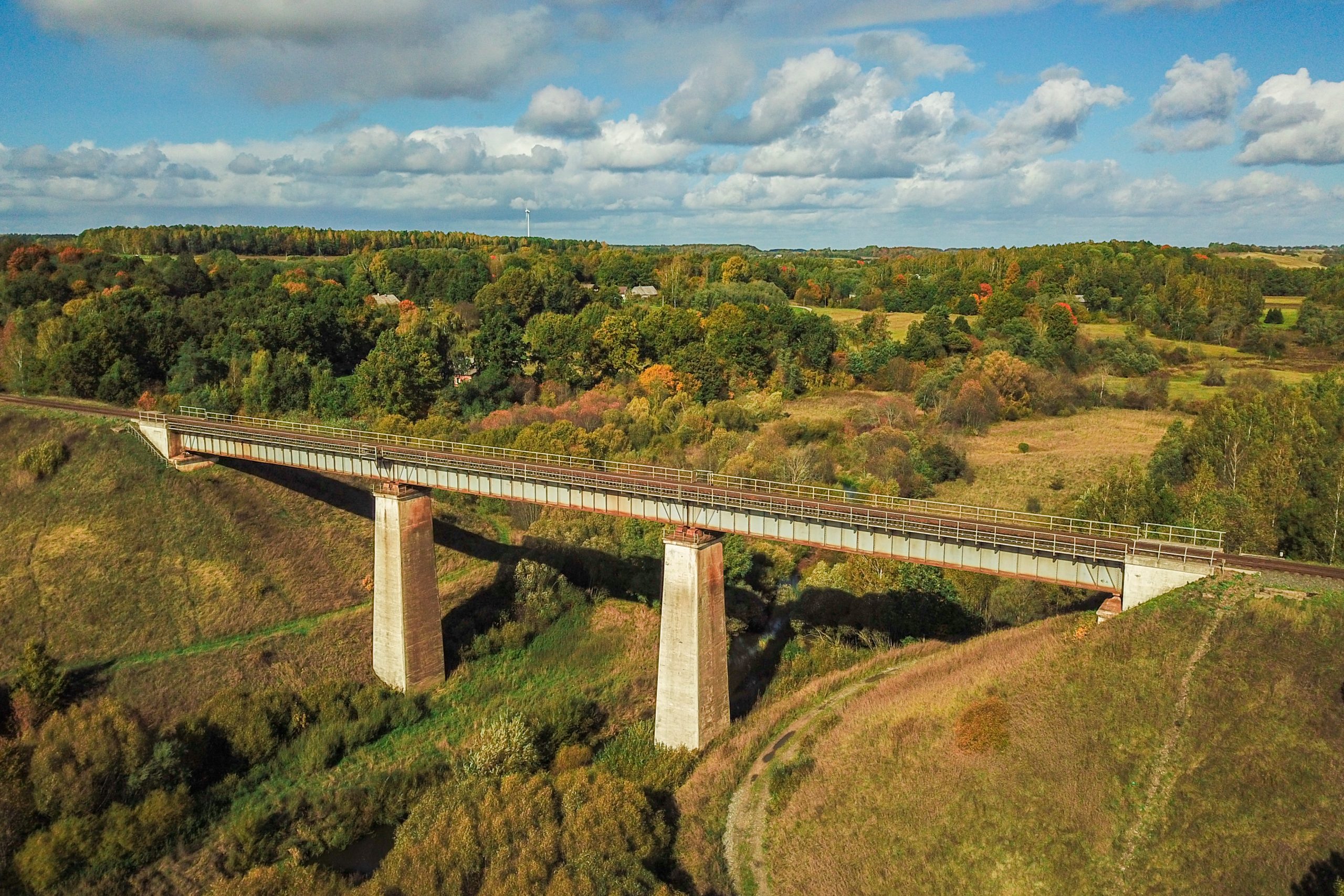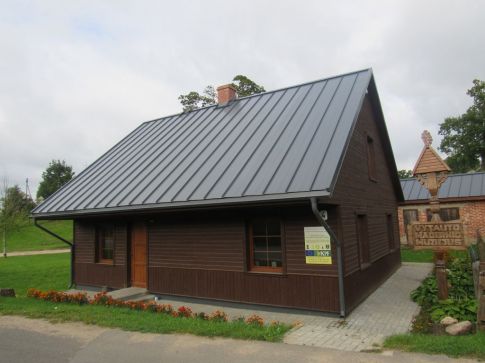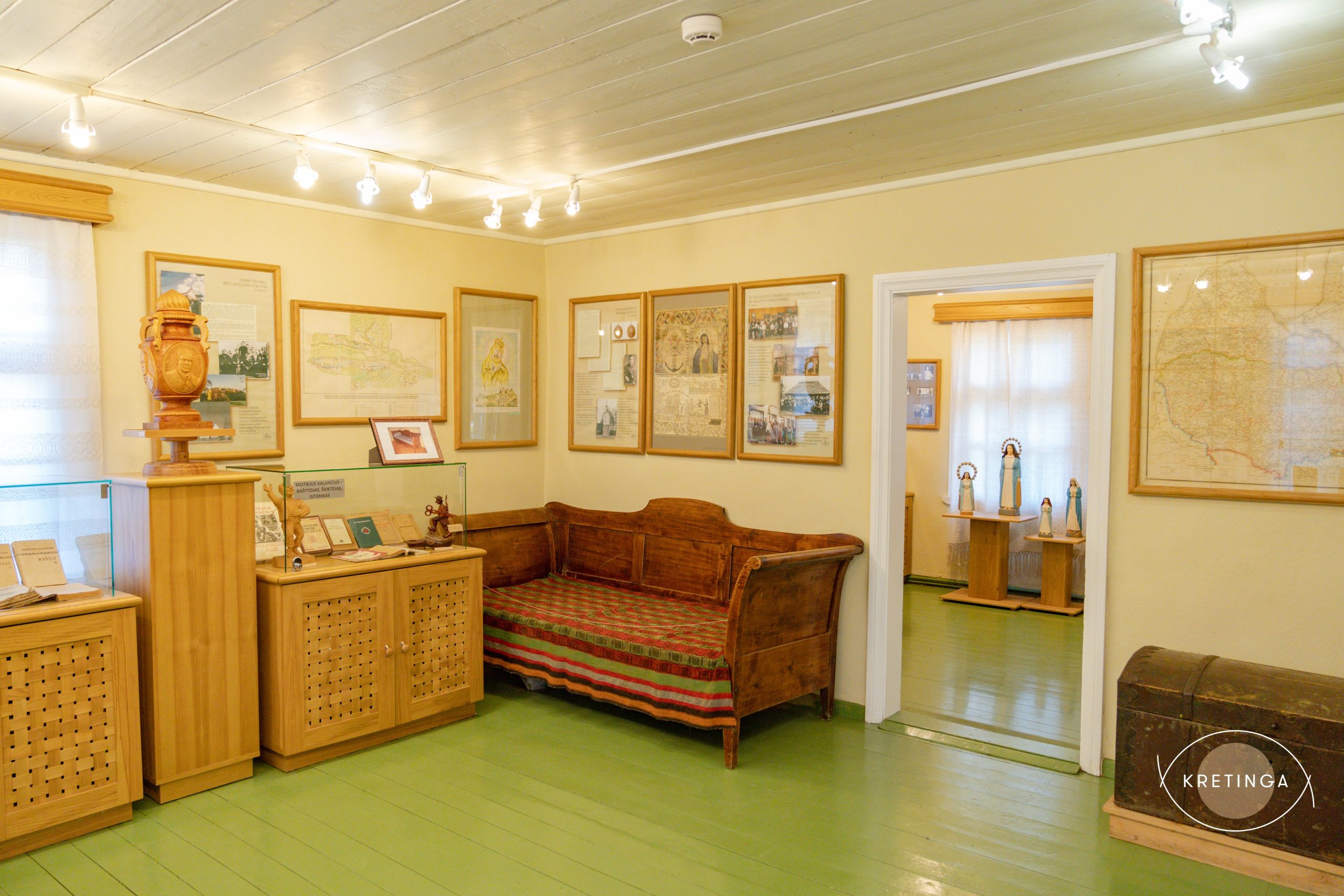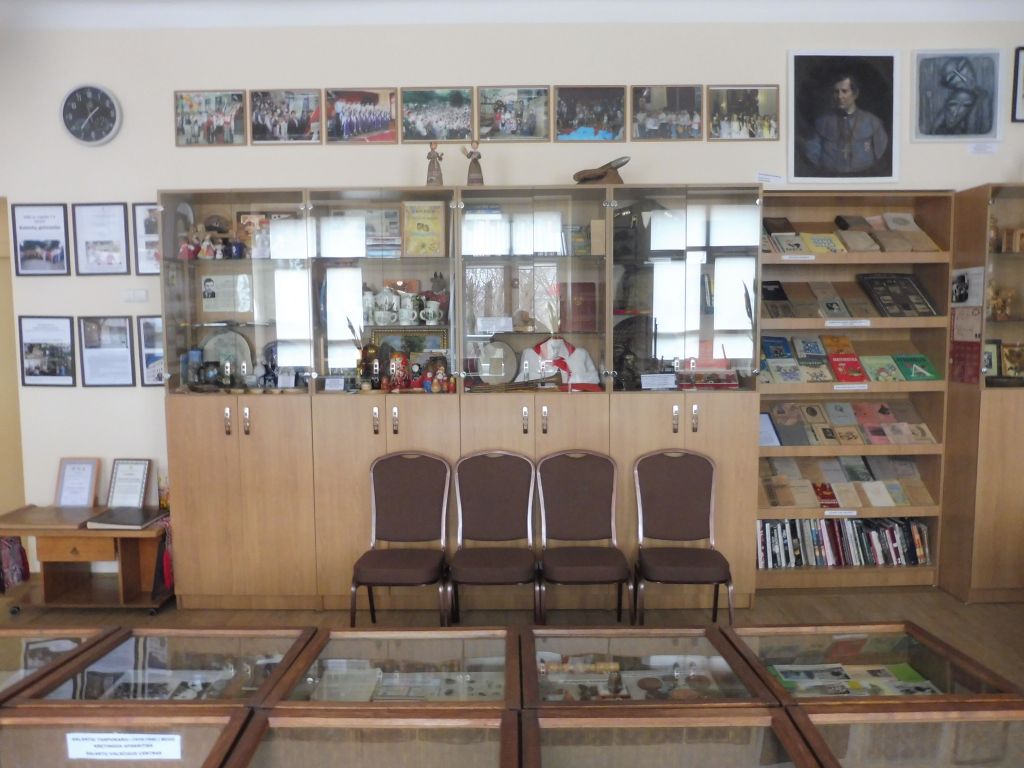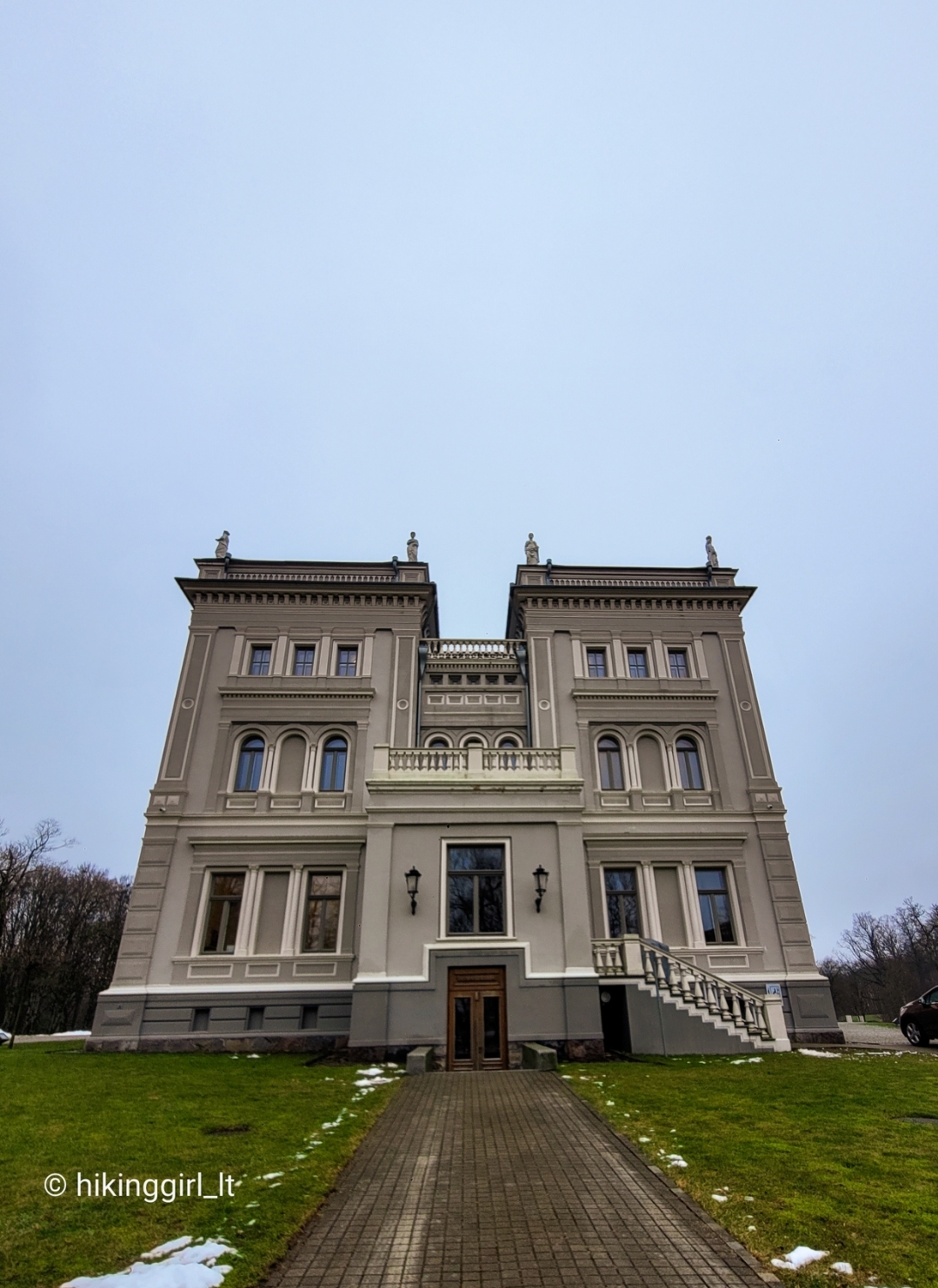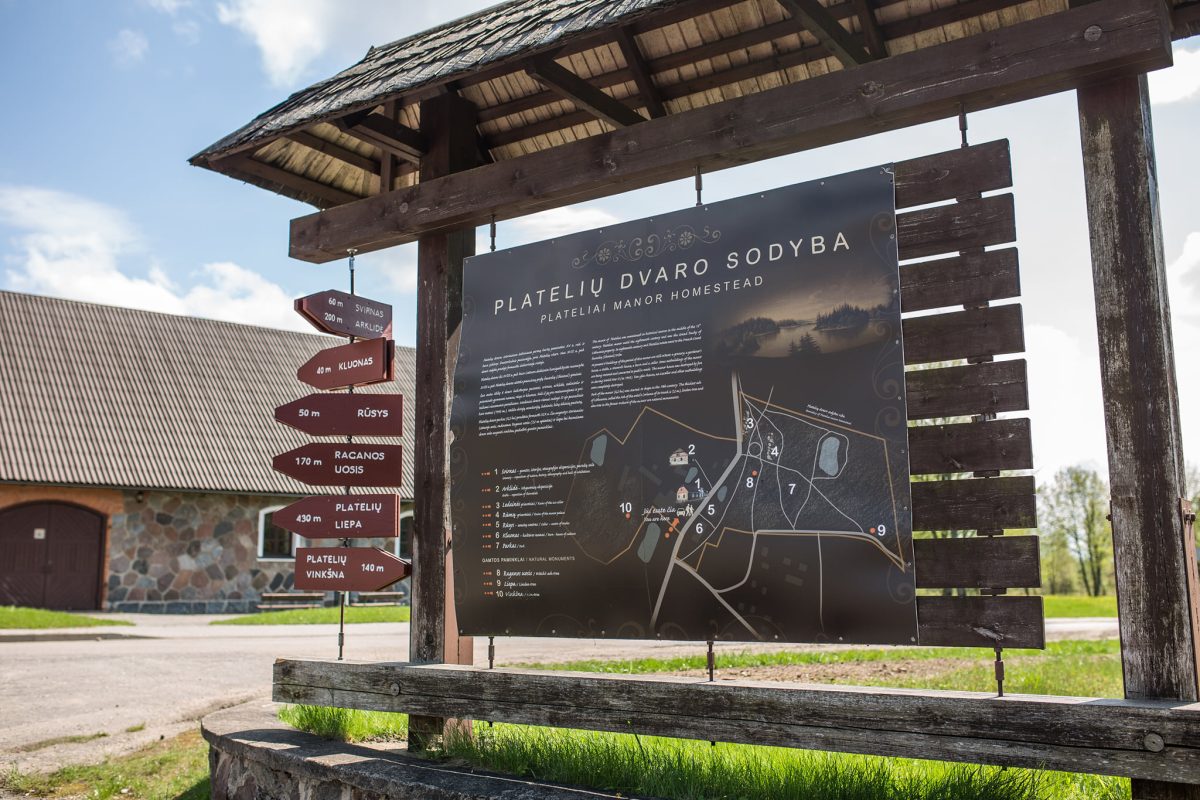Plateliai Manor Estate

149

0

0
The Plateliai Manor complex, with its history dating back to the 17th century, is one of the most renowned cultural and historical landmarks in the Žemaitija region. Until the end of the 18th century, this manor belonged to the Grand Duchy of Lithuania, and later, it was owned by the French Choiseul-Gouffier family. In the 19th century, the manor became a significant cultural and political center in Žemaitija, home to and the workplace of Sofija Tyzenhauzaitė de Choiseul-Gouffier, the first female writer in historical Lithuania to write in French.
Info
-

Manors
-
Plateliai
-
Whats new?
Nearby attractions
Nearest museums
Nearest entertainment

 Entertainment
Entertainment
 Food establishments
Food establishments





























 56.037976, 21.814749
56.037976, 21.814749
 Get directions
Get directions








